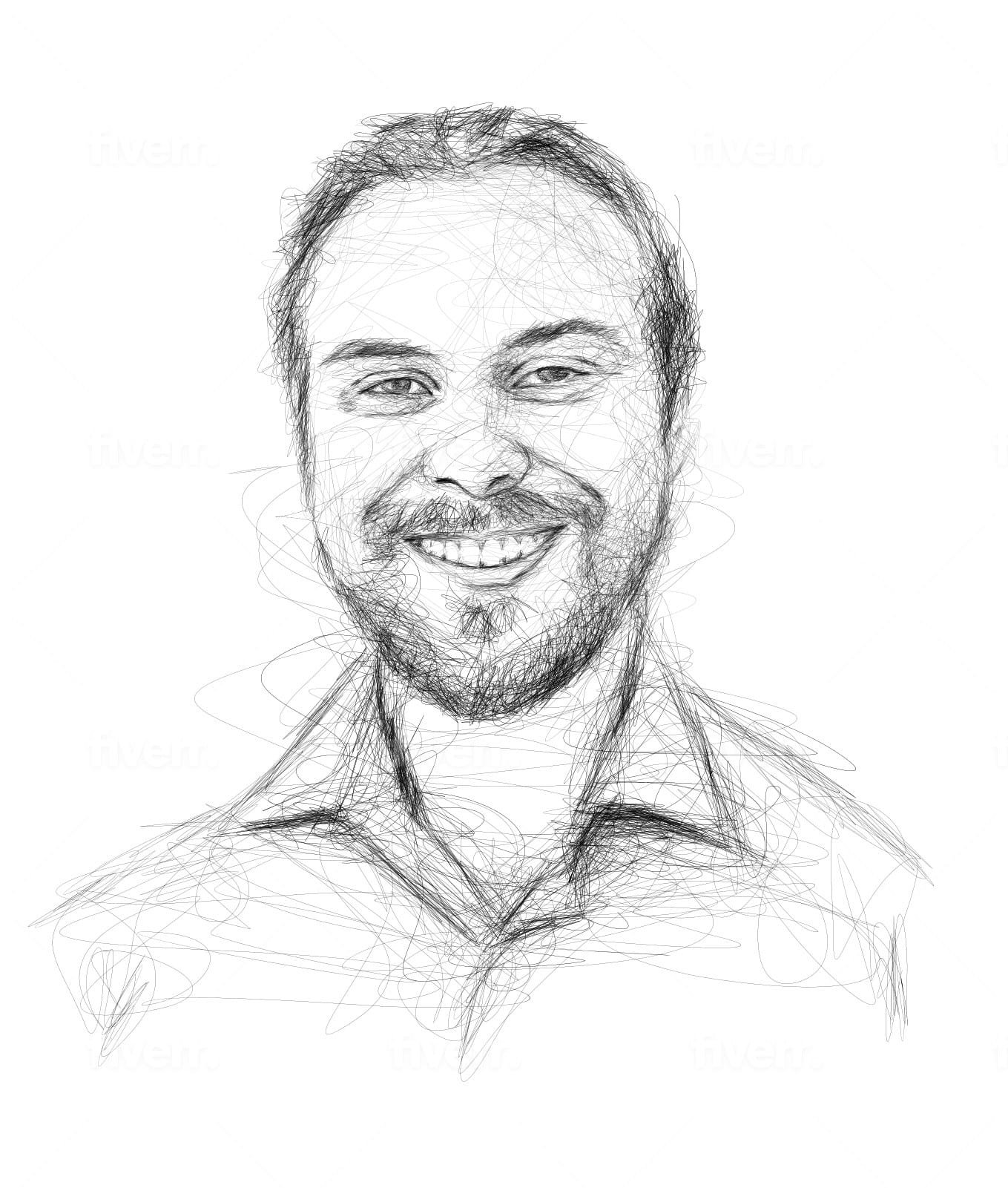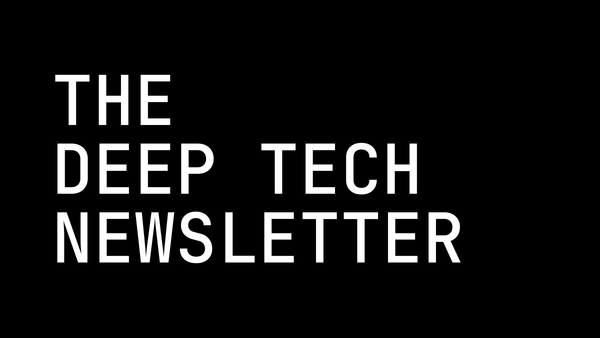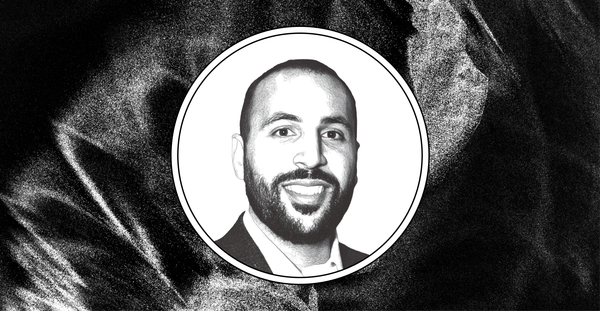Space Tugs and Orbital Factories with Obruta’s Kevin Stadnyk
Kevin Stadnyk is the CEO and co-founder of Obruta Space Solutions, a company working to ensure the sustainability of the orbital economy with autonomous spacecraft navigation systems.
Kevin Stadnyk is the CEO and co-founder of Obruta Space Solutions, a company working to ensure the sustainability of the orbital economy with autonomous spacecraft navigation systems.

What led you to start Obruta Space Solutions?
Space debris is a tragedy of the commons problem that will only worsen as more objects are launched into space. A few years ago, there were a couple of thousand satellites in space, but today there are tens of thousands with hundreds of thousands more satellites slated for launch by the 2040s. The rapid growth in orbital population, including smaller debris, poses extreme danger and must be proactively mitigated as soon as possible.
I met my co-founder Kirk Hovell at Carleton University in Ottawa while we were working in the same graduate lab. He had just finished his Master’s degree on capturing space debris with tethered nets and had gone on to a PhD in artificial intelligence and spacecraft control. I was continuing some of his research and as we were pursuing our degrees, we realized there’s potentially a commercial market for this kind of space debris removal technology. This led us to found Obruta, which is Latin for “debris,” to create a sustainable and safe space economy to benefit everyone on Earth.
How is Obruta solving the space debris problem?
Our focus is on enabling much more autonomous operations, specifically for the “last mile” of proximity operations around other spacecraft. This goes beyond just maintaining an orbit and pointing sensors to developing technologies for actively flying to and operating around other objects.
Our current approach is similar to self-driving car technology, where we outfit spacecraft with sensors, computers, and autonomy software so they can navigate their environment safely without human pilots on board. This scalable solution will allow us to not only remove space debris but also repair, refuel, and reuse spacecraft, creating a more sustainable space economy going forward.
We are primarily a software company so we have invested heavily in simulators, digital twin tools, and machine learning to replicate and test our technologies in the space environment here on Earth. So far, we have developed a minimum viable product, which is an autonomous system that enables spacecraft to fly autonomously in orbit. This was a capability that was previously limited to astronauts aboard the craft or large ground teams. We have also conducted lab testing with simulated robots running our autonomy algorithms in proximity operations mimicking space.
Beyond that, we began testing core components of our autonomy software on board the International Space Station in February of this year. We’ve done three flights to the ISS to date and have another in the pipeline. These tests prove our systems can safely and reliably fly vehicles while harnessing orbital effects, paving the way for us to scale up to a commercially viable technology.
Why is now the time to start developing this technology?
In our day-to-day lives, virtually everything at this point is touched by the space industry. If you could flick a switch and turn off every technology coming from space, no one would be able to survive. This means you wouldn’t have your maps or GPS navigation, your phones, and even the internet might stop working. A lot of first-response intelligence also comes from space. Agriculture, logistics industries, and communication – every single one is touched in some capacity by space. There are also longer-term applications as many environmental monitoring and climate change data come from Earth observation satellites.
What we are specifically looking towards at Obruta is this longer-term future. An upcoming industry within the space domain is called in-space servicing, assembly, and manufacturing. The idea is that we’re not just sending satellites into orbit on a one-way trip like we do today. Currently, satellites go up to space and spend their entire lifespan with no help from anyone. If they run out of fuel or a solar panel or lens cap doesn’t deploy properly, those satellites could be lost very early into their expected mission.
Our capabilities in space shouldn’t be limited by a single tank of fuel or a broken satellite component. Imagine if every time your car ran out of gas, you had to abandon it on the side of the road and go to the car dealership to buy a new car—that doesn’t make sense. The space industry has developed enough at this point that we need to ask ourselves if this is what we want to keep doing in the future. There are larger implications for this paradigm as well, such as space debris, which can pose an existential threat to the space industry and the orbital economy itself.
The Rendezvous, Proximity Operations & Docking (RPOD) technology we’re developing at Obruta enables the in-space services industry. We anticipate the emergence of space logistics industries that can reposition satellites, potentially eliminating the need for individual propulsion systems, much like tugboats in a harbor. Our technology can also help enable in-space manufacturing. This could be useful for emerging applications such as drug discovery or 3D printing organs. In the near future, if you need a new heart it might be delivered on-demand from space within hours. That’s a wild sci-fi future, but it’s something that this technology can make possible. The in-space economy is coming and it will radically change and improve our daily lives.
How does this compare to what in-space manufacturing startups are pursuing today?
What in-space manufacturing companies are doing is great, but at the end of the day, the current technology is still limited to single use. They might have to send up their entire vehicle—the satellite, the return capsule, and all the manufacturing materials—on the same launch. Then they manufacture their product and bring it back down to Earth. However, all the supporting satellite components—including propulsion systems, computers, solar panels, batteries, and the structure holding everything together—are either left in orbit or eventually re-enter the atmosphere and burn up. So almost half of that spacecraft—or even more depending on the size of that return capsule—is not utilized.
The technology we’re developing at Obruta will allow us to maintain an orbital factory in space, resupplying it with raw materials as needed. We envision a cycle where we launch new materials and a fresh return capsule, retrieve the capsule returning from space, transfer it to another vehicle, and then launch and dock that vehicle with the orbital factory. Then they can manufacture another round of products and repeat that cycle a hundred or more times. The whole idea here is that all space applications are currently single use and we’re developing the underlying infrastructure required to make them reusable.
Are you fundraising?
We’re currently at the seed stage and we’re looking for investors who are ready for the long haul and the journey of building the company together. This industry is still in very early stages and the promise is certainly there, but there’s a lot of work to be done, especially on the infrastructure side, before we see the rewards of the in-orbit economy. So we’re looking for investors who understand that long-term play and the vision of an in-orbit economy. It’s pretty common for folks to be a little skeptical of the idea that we’ll be refueling, repairing, and moving satellites around with space logistics vehicles within our lifetimes. Others argue that as heavy launch vehicles like SpaceX’s Starship and Blue Origin’s New Glenn become operational it will become so affordable to reach space that discarding satellites and sending up replacements can be economically viable. That approach may have merits in some cases, but it’s more beneficial to view the situation through the lens of Earth’s economy. We don’t just throw everything away here. We try to repair things as best we can and maintain them.
HAUS specializes in public relations and creative services for deep tech startups.




